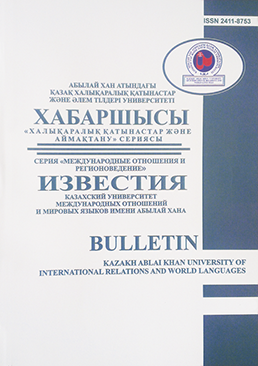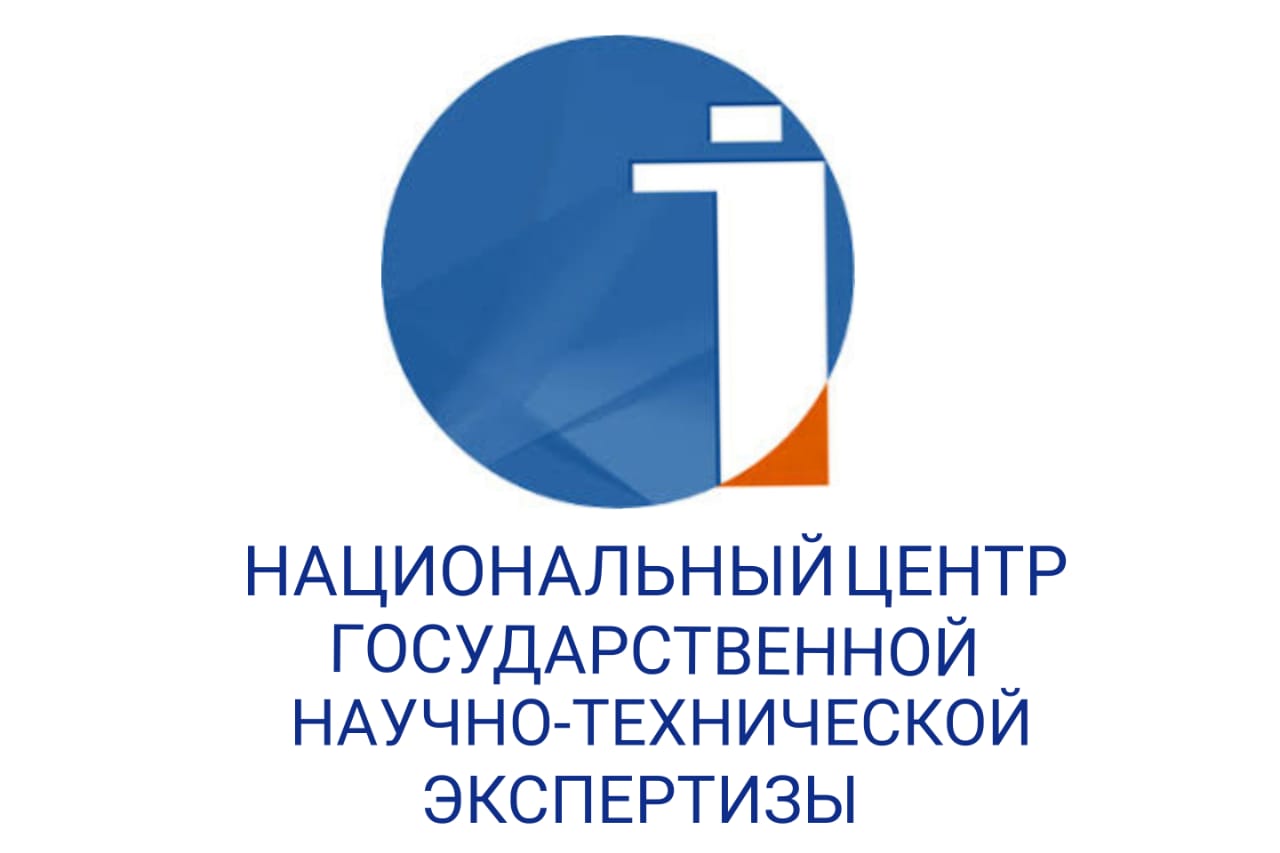SCO AND NEW FORMS OF TERRORISM AND EXTREMISM IN THE 21ST CENTURY
DOI:
https://doi.org/10.48371/ISMO.2025.59.1.004Keywords:
terrorism, extremism, cybersecurity, SCO, technology, radicalization, drones, counterterrorismAbstract
This article analyzes modern forms of terrorism and extremism that pose a challenge to global security in the 21st century and the role of the SCO in developing effective counter-terrorism measures. Particular attention is paid to the use of technology to promote and coordinate terrorist activities. The SCO, which unites key states of Eurasia, plays a critical role in ensuring regional stability and security, which requires constant adaptation of counter-terrorism strategies.
The analysis includes a study of cyberterrorism and cyber-extremism that use the Internet for recruitment, financing and attacks on critical infrastructure. Widespread access to the Internet significantly increases the scale of these threats. In addition, the phenomenon of “lone wolves” is considered - radicalized individuals who commit terrorist attacks without connection to organized groups, which complicates their detection and prevention of such actions. The use of drones, 3D printing and encrypted communications exacerbates the problem.
The goal of the article is not only to identify modern threats, but also to analyze their causes and factors of distribution. Understanding these dynamically changing threats is essential to developing effective counter-terrorism strategies for both the SCO and other international organizations.
The key aspect is the need for comprehensive analysis and flexible response to these complex and constantly evolving issues.







